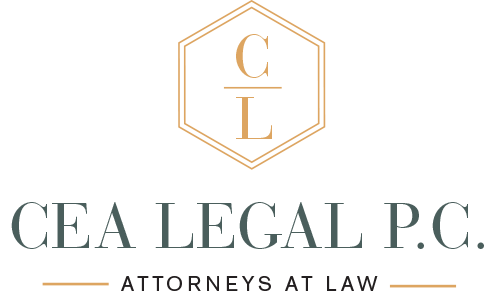Mortgage Recording Tax
It’s no secret that the costs in connection with investing in real estate in New York are considerable. Our clients often ask us to provide us a detailed estimate of the expenses before making a final offer. When an investor is financing the purchase, one of the most significant disbursements to take into consideration is the mortgage recording tax.
The mortgage recording tax is calculated as 1.8% of the financing amount under $500,000 and 1.925% on financing amounts over $500,000. Clearly, this expenditure is often substantial as NYC real estate prices are notoriously high and so are loans to finance a purchase. For instance, on a $3 million transaction (quite common in NYC) with a 80% financing ($2,400,000), the mortgage recording tax amounts to a sizable $46,000. Call it the cost of being a real estate owner in New York.
Nonetheless, there are two manners to avoid or limit the imposition of the mortgage recording tax. The first one is quite simple: purchasing a co-op unit. Although in practical terms condo and co-op units are similar, from a legal standpoint co-ops are not considered real property. When co-op purchaser gets access to financing, the transaction is secured by the shares of the corporation owning the building, rather than by the unit itself. What seems to be a mere quibbling classification does bring about a crucial difference: purchasers of co-op units do not have to pay the mortgage recording tax. This is something crucial to keep in mind when the home search process begins.
The second option to avoid or limit the mortgage recording tax involves a more structured procedure by entering a consolidated, extension or modification agreement (CEMA). When the Seller has an outstanding mortgage, Purchaser’s bank may assume it, thus reducing the base on which Purchaser’s mortgage recording tax is calculated. For instance, if Purchaser is taking out a $2,000,000 loan and Seller has an outstanding $1,000,000 mortgage, Purchaser’s mortgage recording tax will be calculated on the difference ($1,000,000). CEMA paperwork needs the involvement and collaborations of all the parties of the transaction (Purchaser, Seller and their respective banks). This implies higher processing and legal fees. In addition, Seller’s consent to CEMA is often used as a bargaining chip and therefore the amount saved by Purchaser is typically split with Seller. Despite these additional costs, if properly structured, CEMA is overall an effective tool to avoid a substantial portion of the mortgage recording tax.


